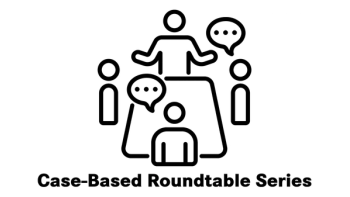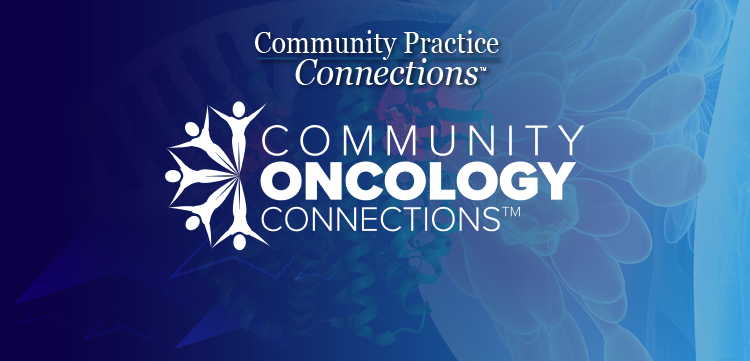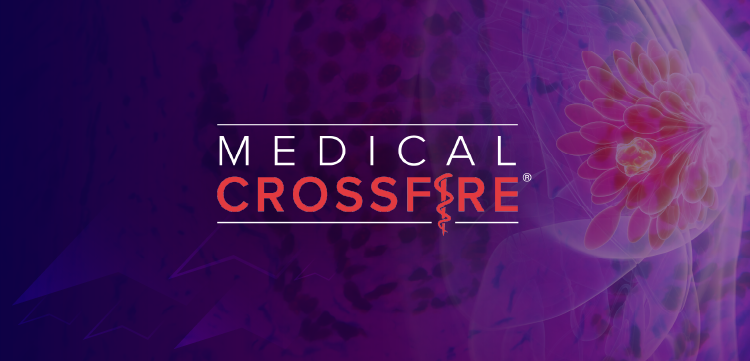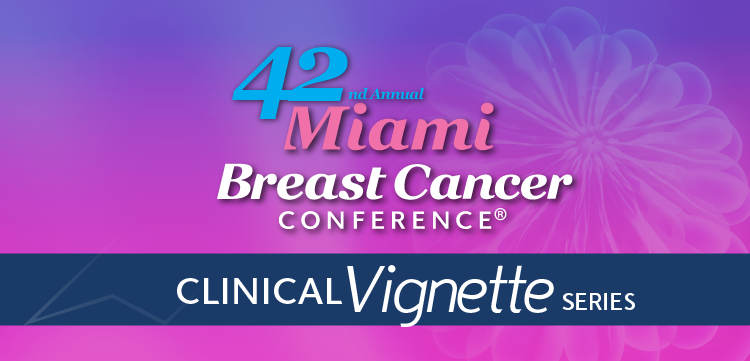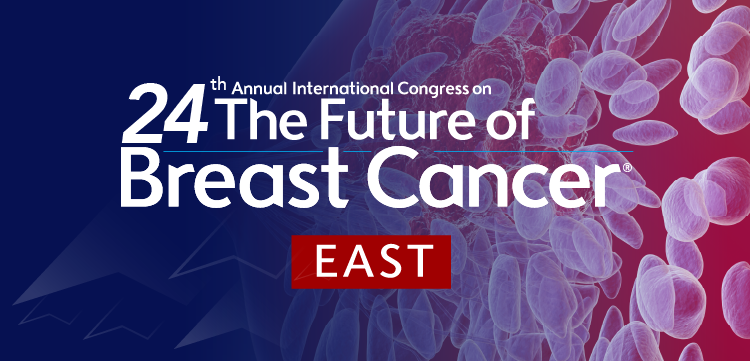
Exploring Newer Treatment Options With Tagraxofusp in BPDCN
Marlise R. Luskin, MD, MSCE, discussed treatment options for blastic plasmacytoid dendritic cell neoplasm (BPDCN), a rare and challenging disease.
Targeted Oncology: Can you discuss what therapy options there are for patients with blastic plasmacytoid dendritic cell neoplasms (BPDCN)?
Marlise R. Luskin, MD, MSCE: Fortunately, patients with BPDCN have multiple treatment options.1 There is likely, for the majority of patients, a treatment option that will benefit them, with selection based on their individual characteristics both of their disease and their age and health circumstances. Options for patients with BPDCN include historical, traditional regimens, which were based on regimens developed for more common hematologic malignancies, including acute lymphocytic leukemia [ALL]-based regimens such as hyper-CVAD [cyclophosphamide, vincristine sulfate, doxorubicin hydrochloride (Adriamycin), dexamethasone] or other intensive ALL-based regimens, intensive acute myeloid leukemia [AML]-based regimens including daunorubicin and cytarabine, and regimens developed for lymphoma, such as CHOP [cyclophosphamide, doxorubicin hydrochloride (hydroxydaunomycin), vincristine sulfate (Oncovin), and prednisolone].
All of these regimens have efficacy. Historical retrospective reviews suggest that ALL regimens may have the most benefit, likely due to the intensity of these regimens, as well as the fact that these regimens include central nervous system prophylaxis or treatment of the central nervous system, which BPDCN can also involve at diagnosis or relapse. These treatments remain [available], but now we have expanded options, which particularly benefit patients who are less fit and unable to receive the more intensive traditional regimens.
Which newer treatments stand out to you for this population?
One drug that’s important to know about is a drug called tagraxofusp [Elzonris], which is the first drug approved specifically for BPDCN. This drug is a truncated diphtheria toxin fused to interleukin [IL]-3, which then binds the IL-3 receptor, or CD123, which is highly expressed on the surface of BPDCN cells. This is the first specific drug developed for this disease and targeted to a surface marker on the disease. It’s now approved as a single agent for BPDCN and is a standard option for these patients.
Traditional chemotherapy and tagraxofusp are the approved options, but there’s a desire to improve options for these patients, and ongoing clinical trials are studying combinations of these treatments, including tagraxofusp with both more intensive chemotherapy, such as hyper-CVAD, as well as less intensive chemotherapy, including azacitidine [Vidaza], which is a less intensive chemotherapy for AML. Both of these regimens are also incorporating venetoclax [Venclexta], which is a drug approved for lymphoma and AML, based on sensitivity discovered for BPDCN to this drug. Venetoclax is being combined with chemotherapy, hyper-CVAD, and tagraxofusp, as well as azacitidine and tagraxofusp. So, [there are] lots of exciting, approved options and newer regimens being developed to hopefully improve options for patients further.
Could you discuss the design of the trial that led to the approval of tagraxofusp?
Tagraxofusp, as mentioned, is the first drug approved specifically for BPDCN. It was approved based on a phase 1/2 clinical trial named STML-401-0114 [NCT02113982].2 This had a complicated but interesting study design. The trial had 4 different stages. Stage 1 was a 3+3 design that identified the recommended phase 2 dose of tagraxofusp, which ultimately was determined to be 12 µg/kg, given for 5 days per cycle, [with cycles repeated] every 21 days.
The trial enrolled both newly diagnosed and relapsed patients, and there was no maximum tolerated dose identified, but 12 µg/kg was taken forward to the stage 2 expansion cohort, where toxicity and efficacy were further evaluated. This led to a stage 3 pivotal cohort, which only enrolled untreated patients at this recommended phase 2 dose, with the goal of demonstrating efficacy in this untreated, uniform population.
What was the efficacy of the STML-401-0114 trial?
The results from that study led to the data for registration, and stage 4 of the study allowed patients to continue enrolling while the drug was being reviewed. The initial publication reported on 47 patients, mostly without previous treatment—32 of the 47, with the rest having had previous treatment. For untreated patients who received the recommended phase 2 dose, there was a high response rate: 90% overall response rate, and 72% achieving a complete response or CRc [CR with residual skin abnormality not indicative of active disease].2 Those responses translated to an overall survival rate at 2 years of 52% [in the previously untreated patients], which is really encouraging based on historical controls.2
This regimen also allowed half of these patients to proceed to transplantation, which is offered to patients who are able to receive this treatment with the goal of a more durable remission and cure. The other interesting thing is that the responses in this study were seen quickly, generally after 1 or 2 cycles, allowing patients to receive this treatment and then move, when possible, to transplantation relatively quickly. Long-term outcomes suggest that in a portion of patients, the responses are durable, which provides additional data for this drug in patients whether they are transplant eligible or ineligible.3
References:
1. NCCN. Clinical Practice Guidelines in Oncology. Acute myeloid leukemia; version 2.2025. Accessed March 3, 2025. https://www.nccn.org/professionals/physician_gls/pdf/aml.pdf
2. Pemmaraju N, Lane AA, Sweet KL, et al. Tagraxofusp in blastic plasmacytoid dendritic-cell neoplasm. N Engl J Med. 2019;380(17):1628-1637. doi:10.1056/NEJMoa1815105
3. Pemmaraju N, Sweet KL, Stein AS, et al. Long-term benefits of tagraxofusp for patients with blastic plasmacytoid dendritic cell neoplasm. J Clin Oncol. 2022;40(26):3032-3036. doi:10.1200/JCO.22.00034


